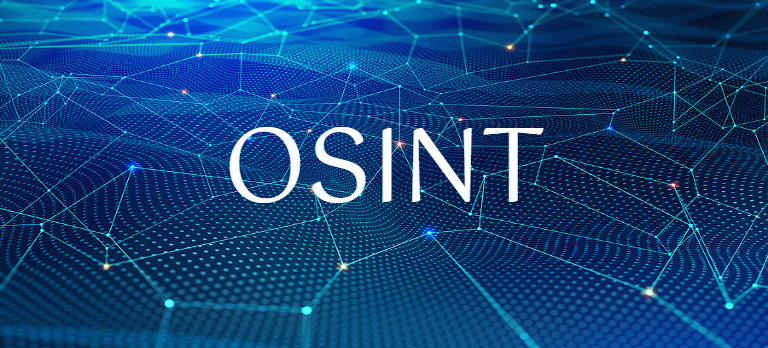In order to meet broad government goals of improved sustainability, equity, and security, government programs must start at the very beginning with how products and services are procured. The practice of government acquisitions is evolving to meet these focus areas, introducing new requirements for vendors and agencies alike.
Sustainability
A key element of the President’s Management Agenda (PMA) priority of “managing the business of government” is to lead by example with sustainable climate solutions. In fact, the Biden administration has set a goal of achieving net-zero emissions from procurement by 2050.
As part of this effort, the government is reworking the Federal Acquisition Regulation (FAR) to clarify existing sustainability-focused regulations and implement new measures to meet administration goals and orders. Currently, the FAR requires agencies to have 95% of “contract actions” utilize energy-efficient, environmentally-preferable products. The new rule would require agencies to “procure sustainable products and services…to the maximum extent practicable.” There are also efforts to add greenhouse gas emissions reporting for those providing products and services to the government.
Equity
Promoting equity is a key goal across the PMA as the administration works to implement new processes, ensuring the government is using its buying power to advance racial equity and provide equitable service to all citizens.
The General Services Administration (GSA) launched two online tools to help connect agency buyers with diverse vendors. The Government-wide Procurement Equity tool, a government-facing resource, helps identify small businesses, vendors meeting specific socioeconomic categories, and vendors that are new to the government market. The public-facing Supplier Base Dashboard allows vendors, and the public, to drill into how agencies are utilizing vendors across socioeconomic categories. These efforts align with the administration’s push to increase federal spending on small disadvantaged businesses by 50% over five years.
The government is also working to more clearly define a disadvantaged business. The 8(a) program was designed to help socially and economically disadvantaged businesses contract with the Federal Government. To qualify, businesses must be at least 51% owned and operated by one or more U.S. citizens who also meet social and economic disadvantage requirements. Today, new requirements are emerging to qualify a business beyond the racial and ethnic make-up of the ownership. A court ruling now requires 8(a) companies to submit a narrative describing precisely how they’ve been discriminated against to continue receiving contract awards under the program. The idea is to ensure that 8(a) benefits are going to the correct businesses.
Supply chain security
As several high-profile security breaches have shown, a security issue in just one component of a system can have far-reaching impacts on an agency’s operations. As you can’t protect what you don’t know you have, there is a government-wide effort to better understand all of the software elements involved in massive government systems.
A Software Bill of Material (SBOM) is a key element of this visibility. An SBOM is essentially an ingredients list showing buyers all of the software that is part of the solution they are procuring. These are now required by agencies so they know all the elements involved in their system and can be proactive in catching vulnerabilities before they impact systems.
GovEvents and GovWhitePapers have a host of resources to help you stay on top of procurement changes.
- Collaborate to Innovate: Four Pillars of Federal Procurement Transformation (white paper) – Continued innovation is critical for equitable, effective digital service delivery. This paper highlights the modern digital procurement practices of several agencies.
- SBOM Challenges and Opportunities (white paper) – Learn why and how creating an SBOM is critical to secure software development, improve supply chain transparency, and manage open-source software components over time.
- Emerging Technology Challenge: Advancing Open Innovation Through Public and Private Collaboration (white paper) – This white paper summarizes the results of ACT-IAC’s Emerging Tech Days, Use Case Summits, and other innovation-focused events. It outlines how these approaches inform how to establish a knowledge base and interoperable structure that Federal agencies can use for secure, robust public and private collaboration across the emerging technology ecosystem.
- VIP Grow (December 6-7, 2023; Potomac, MD) – This three-day training program is designed specifically for service-disabled and veteran-owned small businesses seeking to increase their ability to win and maintain government contracts.
- Nexus (March 3-6, 2024; Jacksonville, FL) – Organized by the National Contract Management Association (NCMA), this event works to advance contract management’s nexus with related acquisition communities. NCMA is the neutral forum for real conversations across functions and across government and industry.
For more on how acquisition processes are evolving to meet administration goals, check out all the resources on GovWhitePapers and GovEvents.










